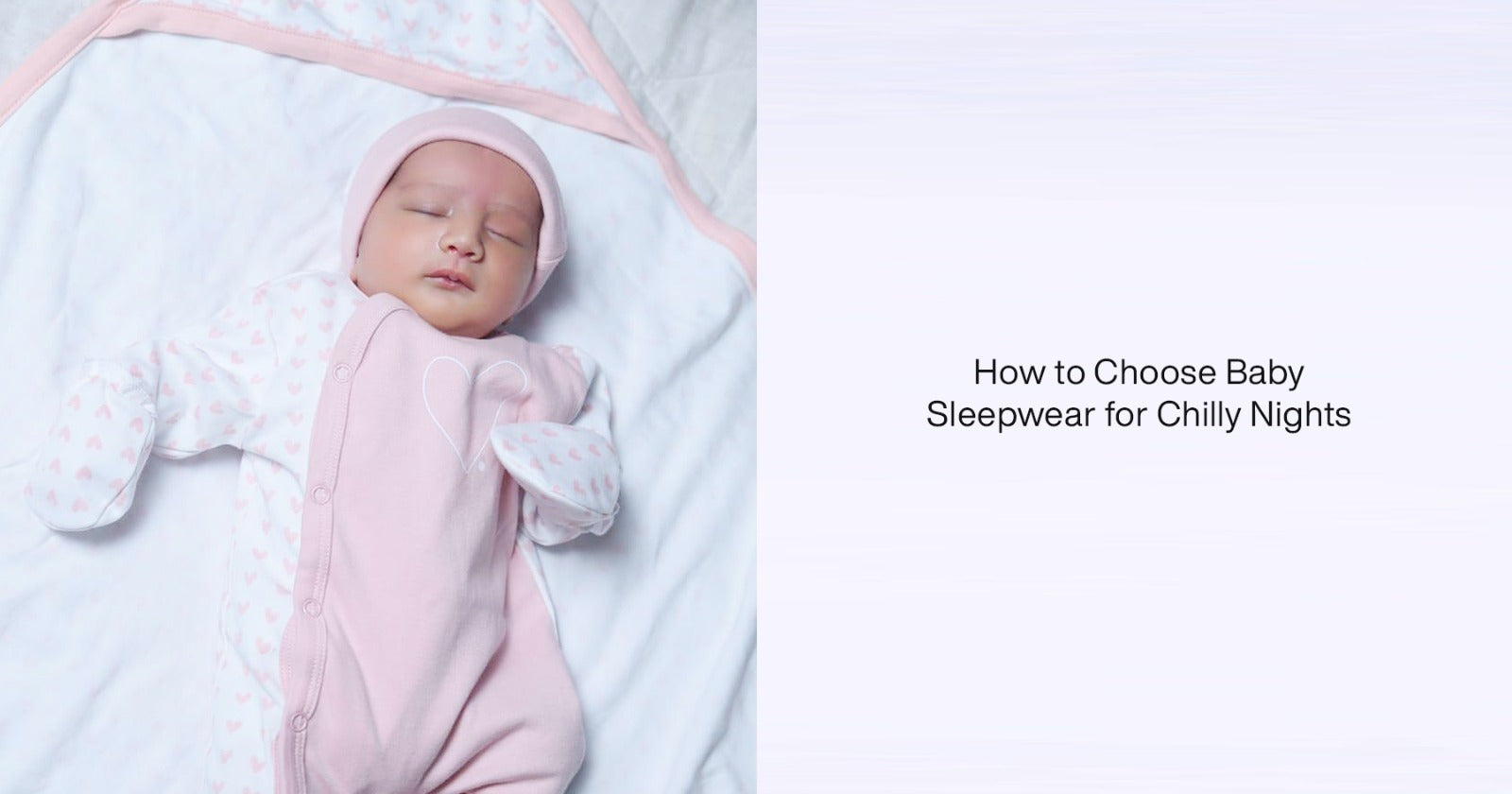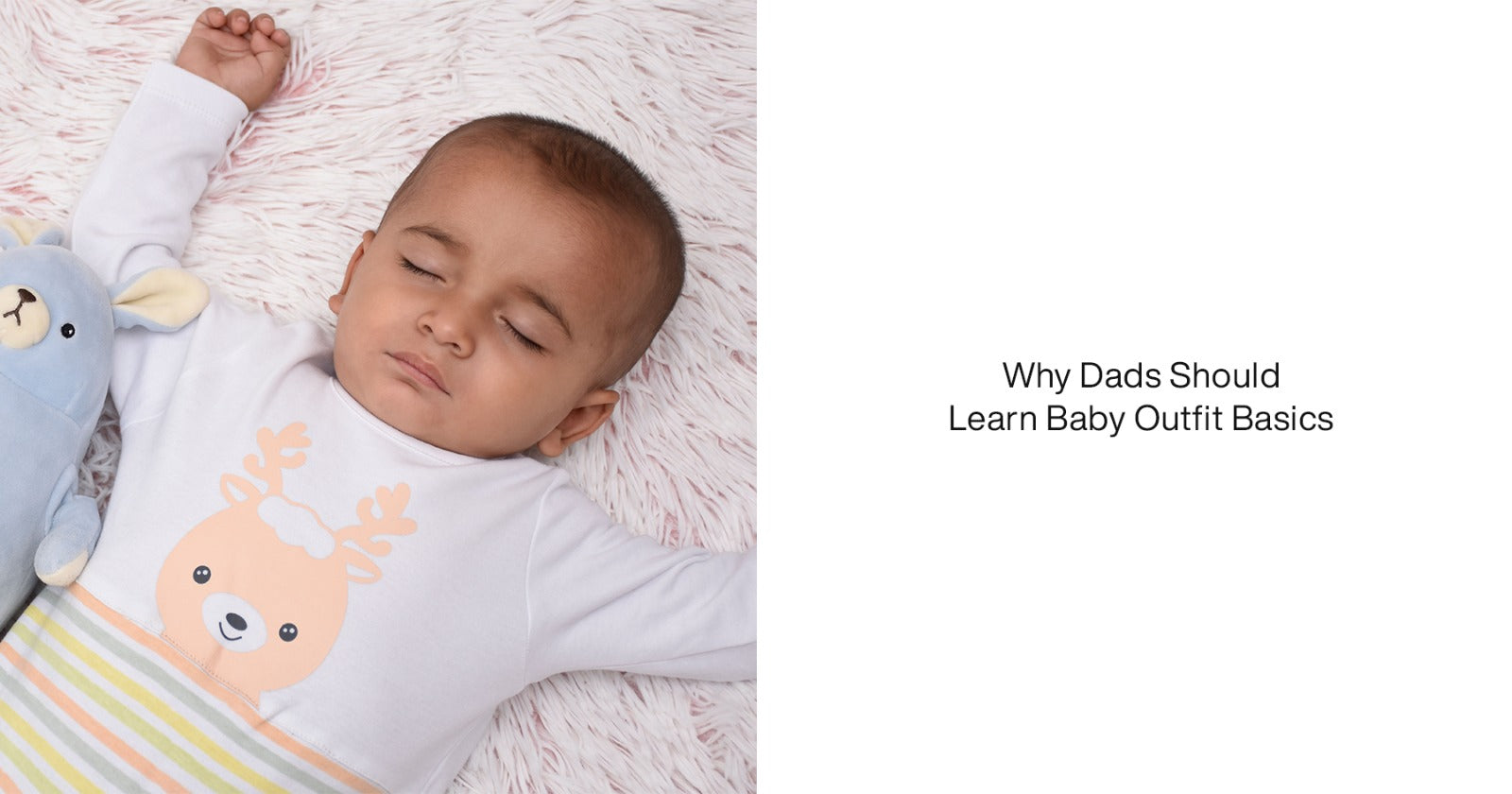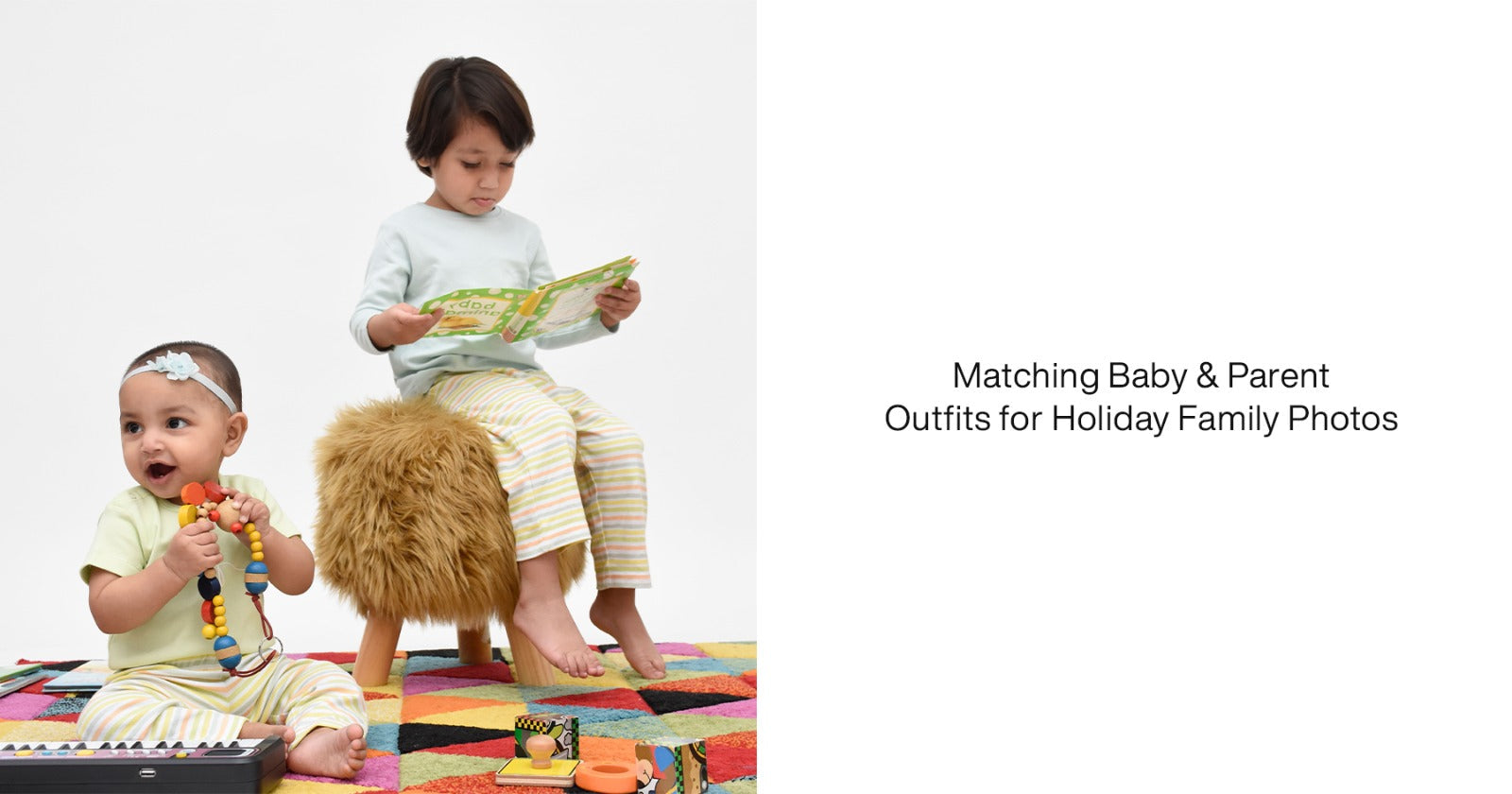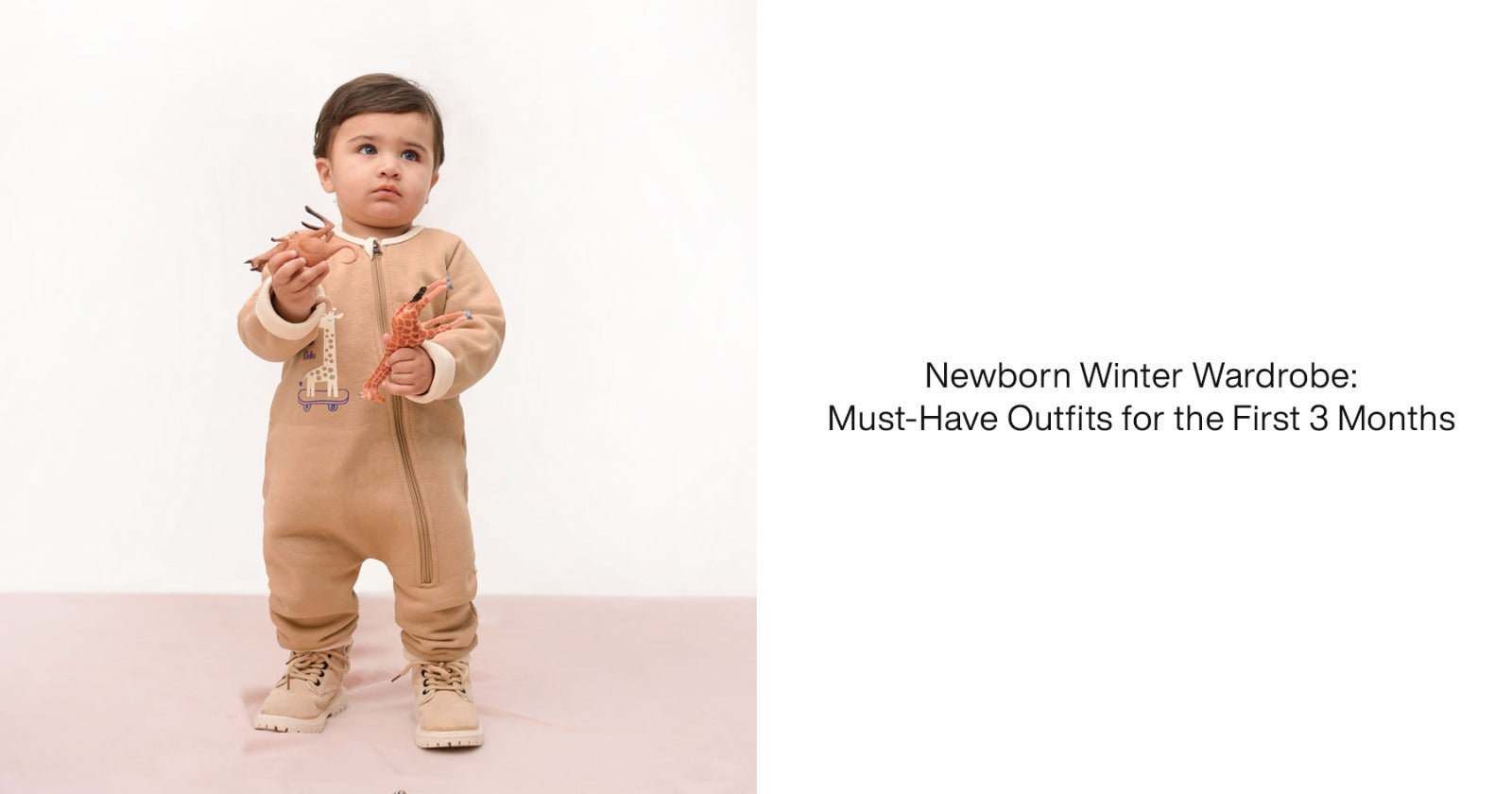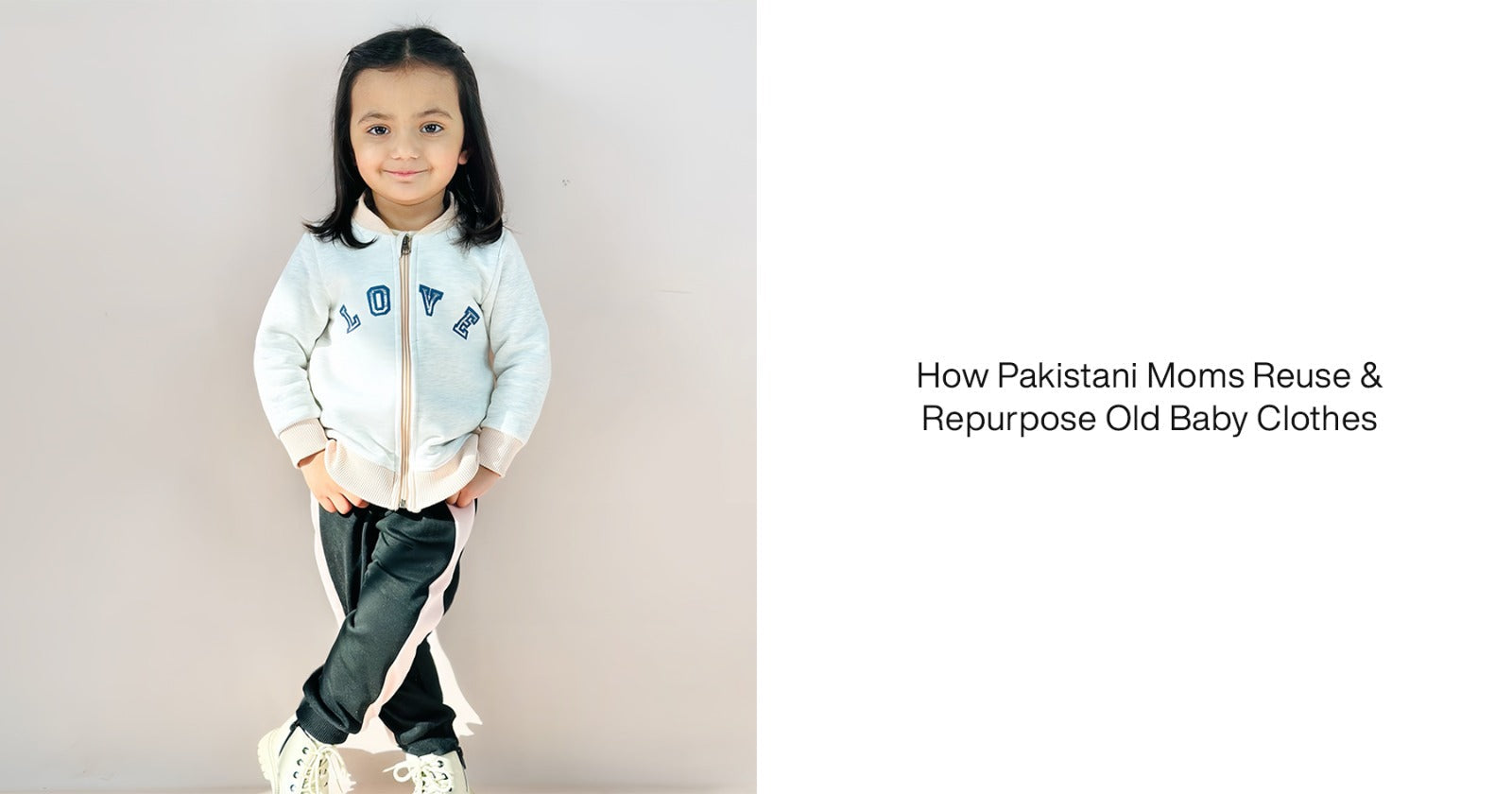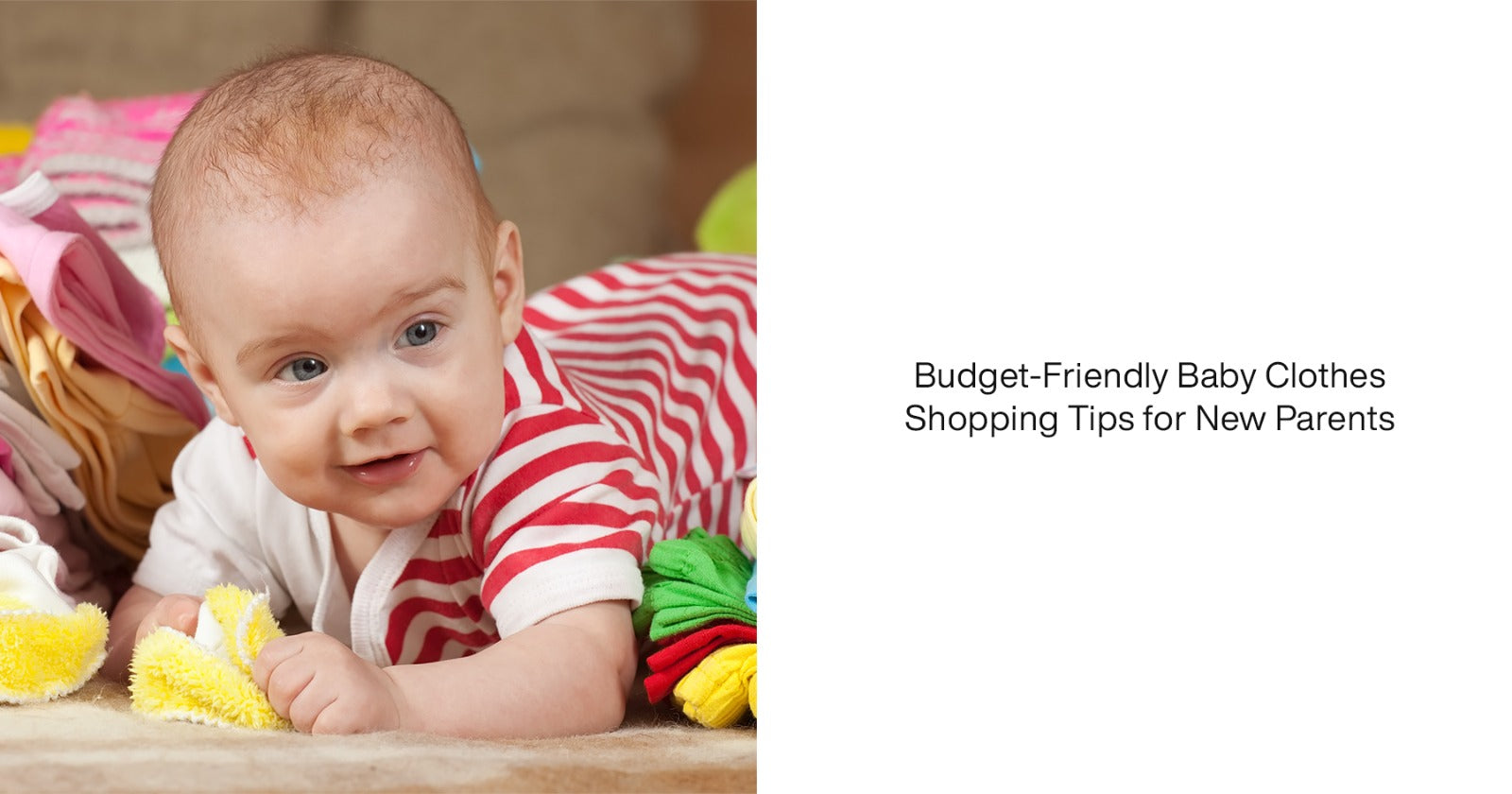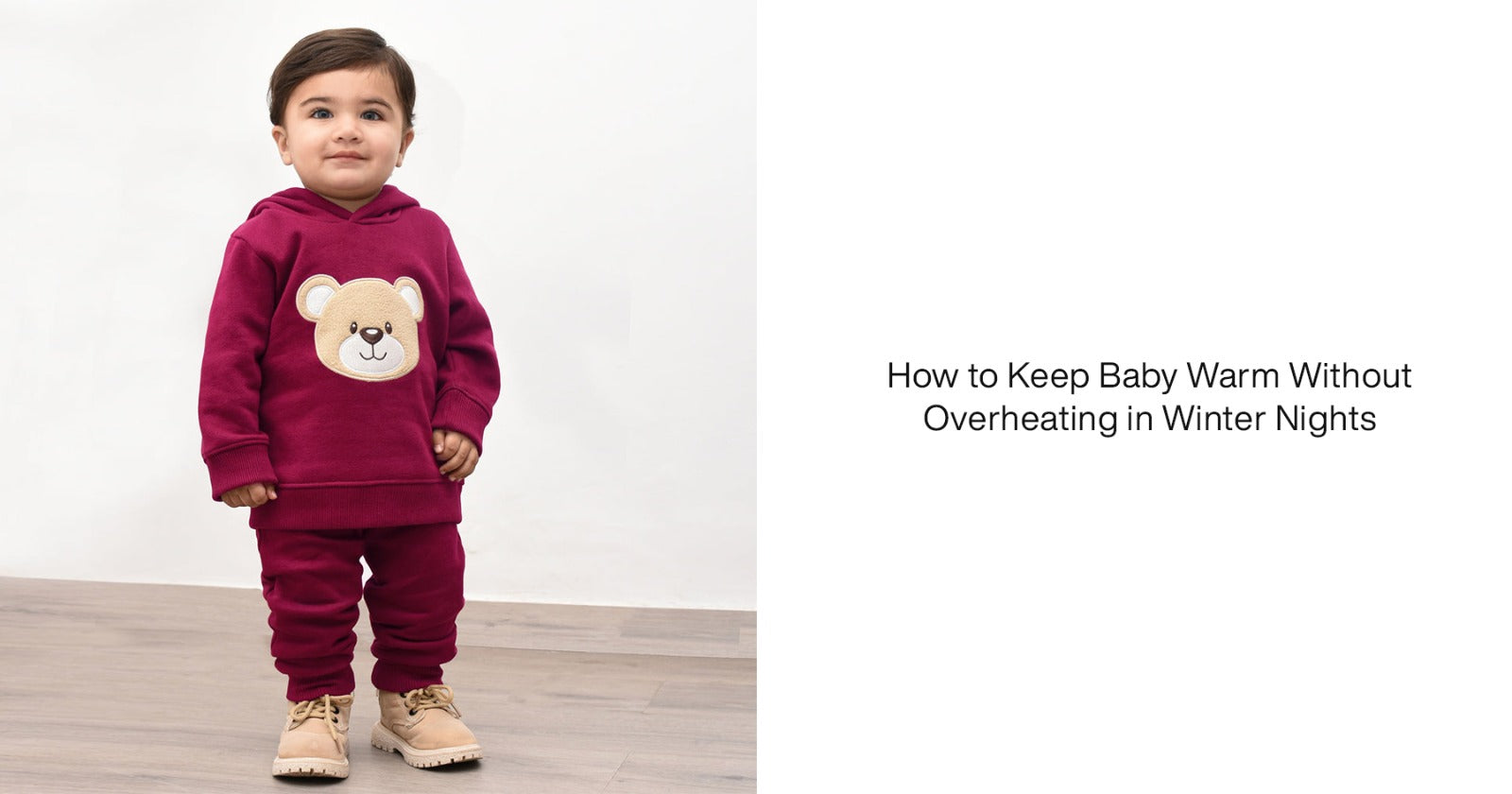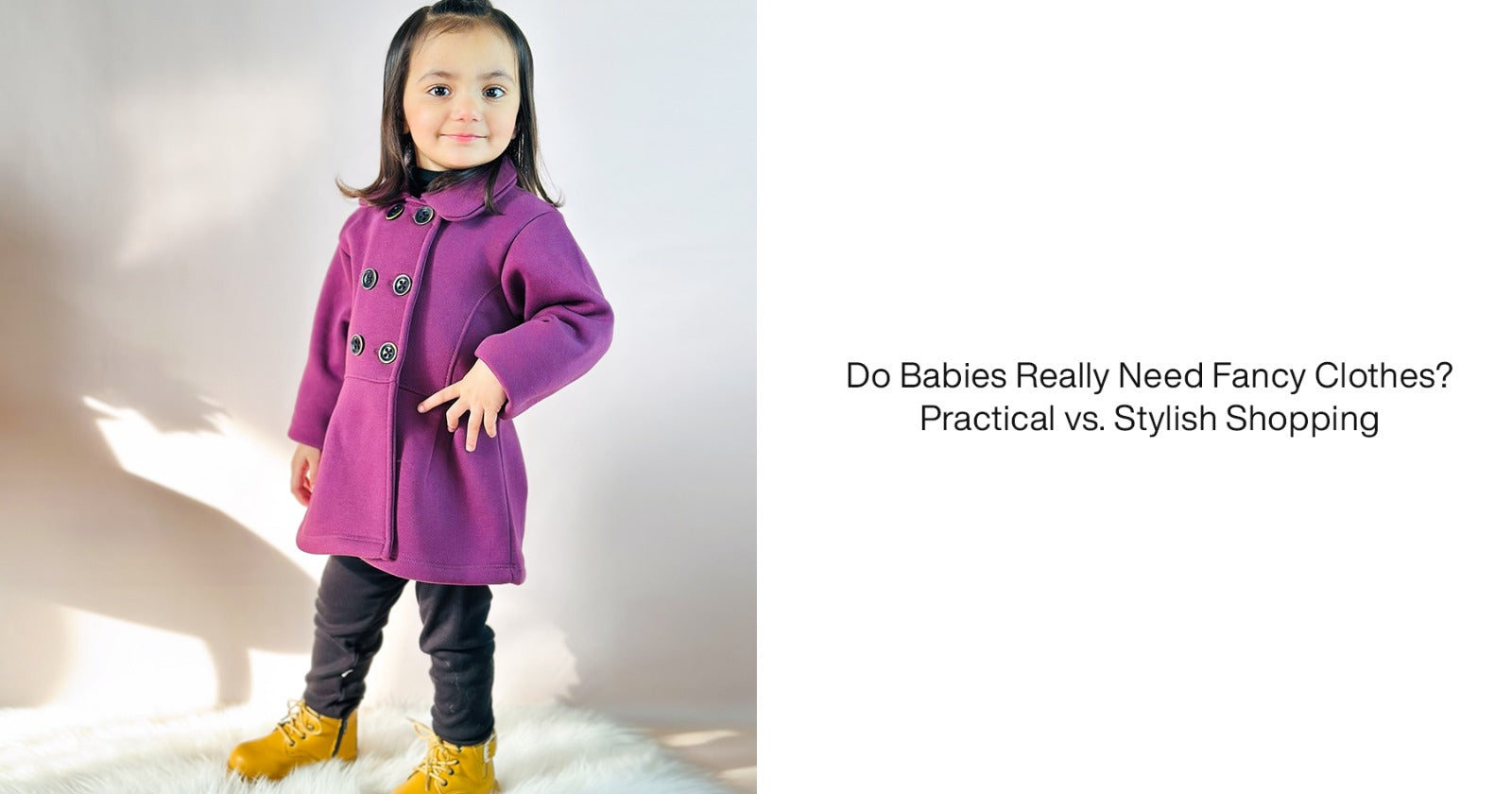Parents prioritise keeping their babies comfortable and warm on frigid evenings. A good night's sleep benefits not just the infant, but also the entire family. Choosing the correct baby sleepwear will help keep your baby comfortable, safe, and happy. Here's a step-by-step guide to making the best option for baby night clothes.
1. Understanding a Baby's Sleep Needs in Cold Weather
Babies are sensitive to temperature fluctuations, and their bodies lose heat more quickly than adults. This makes them more susceptible to cold, especially on frigid nights. Overheating, on the other hand, raises the risk of Sudden Infant Death Syndrome. The objective is to strike a balance between warmth and breathability, ensuring that the infant remains at an optimal temperature throughout the night.
2. Key Features to Look for in Baby Night Clothes
When choosing infant sleepwear, there are numerous crucial factors to consider:
1. Fabric Type
The material of infant night clothing is critical to keeping them warm. For chilly nights, choose textiles like
- Cotton Fleece: This fabric is soft, warm, and breathable, providing insulation without becoming overly heavy.
- Merino Wool: Merino wool is naturally temperature-regulating and moisture-wicking, keeping the infant comfortable without overheating.
- Organic Cotton: It is soft on delicate skin and offers moderate warmth, making it ideal for layering.
- Bamboo Blends: These are hypoallergenic, breathable, and ideal for layering during cooler weather.
Avoid synthetic textiles such as polyester, which can trap heat and moisture, causing discomfort or rashes.
2. Tog Rating
The thermal overall grade (TOG) is a measurement of warmth in infant sleepwear and bedding. For cool nights:
- A TOG value of 2.5 to 3.5 is recommended, depending on the ambient temperature.
- To boost warmth, pair higher TOG sleepwear with a light blanket or sleep sack.
3. Safety Standards
- Always select infant night garments that satisfy safety regulations.
To lessen the risk of fire, look for labels that are flame-resistant or snug-fitting.
Avoid sleepwear with loose strings, buttons, or decorations that might provide choking hazards.
3. Styles of Baby Sleepwear for Cold Nights
There are several types of sleepwear to consider during cold nights:
1. Footed Pajamas
These one-piece suits wrap the baby from neck to toe and keep their feet toasty without the need for extra socks. They frequently have zippers or snaps to facilitate diaper changes.
2. Sleep Sacks
Sleep sacks serve as wearable blankets, adding an extra layer of warmth without the hazards associated with unfastened bedding. Look for sleeveless variants for more mobility of movement.
3. Layered Sets
A long-sleeved onesie and pants or leggings can be paired with a sleep sack or footed pyjamas to provide extra warmth.
4. Two-Piece Pyjamas
Two-piece pyjama sets are a convenient solution for toddlers or older babies who have outgrown their onesies. Ensure that the waistline is comfortable and does not dig into the baby's skin.
Tips for Dressing Babies for Chilly Nights
Layering is vital for keeping your infant warm while avoiding overheating. Here's how to do it successfully:
1. Start with a Base Layer
A snug-fitting bodysuit made of organic cotton or bamboo makes a great foundation layer. This offers insulation and absorbs perspiration.
2. Add an Insulating Layer
Footed pyjamas or a lightweight fleece onesie are excellent second layers. Ensure that this layer is not too tight to allow for free mobility.
3. Use a Sleep Sack or Blanket
A TOG-rated sleep bag can be used to offer extra warmth. Choose one with adjustable size to provide a snug yet comfortable fit.
4. Check Room Temperature
Maintain a nursery temperature of 68-72°F (20-22°C). Use a baby monitor with a temperature sensor to keep the room within the recommended temperature range.
Importance of Proper Fit
Uncomfortable and disrupted sleep can be caused by ill-fitting infant garments. Here's something to remember:
- Ensure that the costume is neither too tight nor too loose. Tight clothes might limit movement, but loose clothing may bunch up and create pain.
- Check the size chart supplied by the brand and account for your baby's growth to avoid repeated replacements.
Material Matters: Sensitive Skin and Allergies
Babies frequently have sensitive skin that reacts to various substances. Opt for
- To minimise skin discomfort, use hypoallergenic textiles such as organic cotton or bamboo.
- If your baby's skin is sensitive, avoid putting wool directly against it.
- Before using new sleepwear, always wash it with a moderate, baby-safe detergent to eliminate any potential allergens.
The Role of Accessories
While sleepwear is the primary emphasis, accessories such as hats and mittens can be useful on severely chilly nights. However:
- Hats should be avoided inside since they increase the risk of overheating.
- Mittens can protect against scrapes and keep small hands warm, but they should be removed if the infant appears unhappy.
Cuddle & Cradle: The Brand That Prioritizes Baby Comfort
When looking for high-quality baby night clothes, Cuddle & Cradle stands out as a reliable option for parents. This brand offers:
- A large selection of TOG-rated sleep sacks and pyjamas made exclusively for cold evenings.
- Organic, airy textiles that are gentle on sensitive newborn skin.
- Designs that have received safety certification are devoid of dangerous chemicals and allergies.
Cuddle & Cradle's commitment to quality guarantees that your baby is kept warm, comfy, and safe no matter how chilly the night becomes.
Common Mistakes to Avoid
Some typical mistakes made when clothing newborns for chilly weather are:
How to Monitor Your Baby’s Comfort
Regularly check your baby's temperature by touching his or her chest or back. If they get sweaty or too warm, remove a layer. Cold hands and feet are typical, but they should not be the primary sign of your baby's overall temperature.
Final Verdict
Choosing the ideal infant sleepwear for frigid evenings necessitates careful consideration of materials, safety, and comfort. Choose high-quality choices, such as those provided by Cuddle & Cradle, to ensure your baby sleeps comfortably in a warm and safe environment. Understanding your baby's demands and paying attention to details can allow you to create the ideal setting for a comfortable and peaceful sleep.

